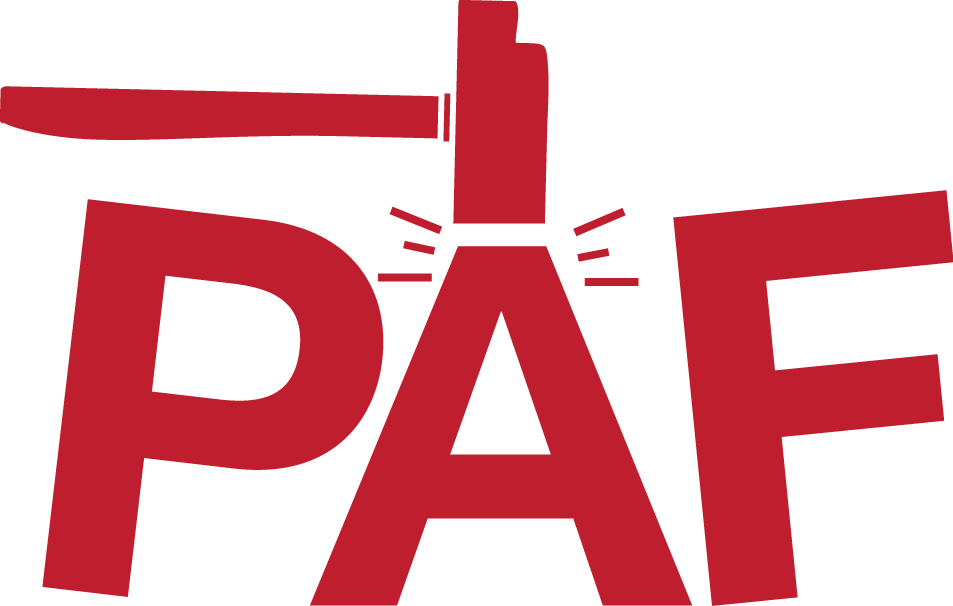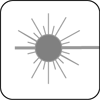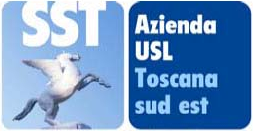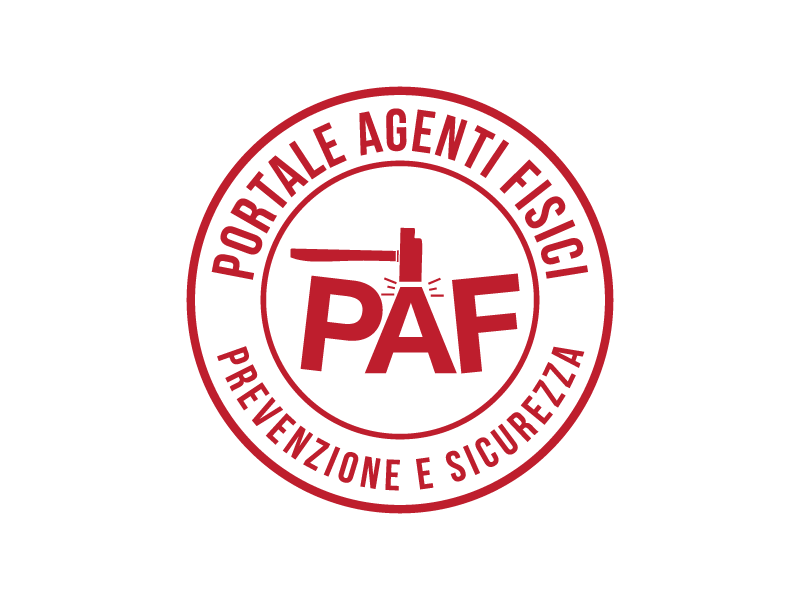Guide for using the Material reflectance database
Developed in the frame of the Targeted Plan for prevention of risks arising from reflected laser radiation promoted by the Tuscany Region D.D.R.T. n. 4276/2009.
In collaboration with:
- Florence Health Agency Prevention service - Health Physics Department
- Careggi University Hospital, Florence - Health Physics Department
- University Hospital, Siena - Health Physics Department
- CNR-IFAC "Nello Carrara" Applied Physics Institute
- CNR-INO National Institute of Optics
Persons that have performed the measurements:
Dr A. Guasti - Health Physics, AOU Siena
Dr D. Fedele - Health Physics, ASL 10
Prof. F. Fusi e Dott. G.Romano - Health Physics Department, University of Florence
Dr L. Mercatelli - Laboratory of Photometry and Lighting of the National Institute of Optics
Reflectance measurements on materials used in health, industrial and research contexts
Specular and diffuse reflection
When considering safety in using optical radiation sources, the phenomenon of optical radiation reflection should be taken into account. In fact, in order to perform a proper evaluation it is necessary to determine the extent to which an optical radiation, emitted by an equipment / a source, keeps on being harmful for human health after interacting with a material encountered on its path. For this purpose, all the aspects of this phenomenon must be considered; in fact both a mirror and a white sheet reflect light, however they do it with different effects on the eye: when looking at a mirror, but not when looking at the paper sheet, one can see the source. The explanation lies on the different roughness degree of the surface.
Light, in accordance with the law of reflection, reflects off surfaces in a very predictable manner. Once a normal to the surface at the point of incidence is drawn, the angle of incidence can then be determined. The light ray will then reflect in such a manner that the angle of incidence is equal to the angle of reflection. A light beam can be thought of as a bundle of individual light rays which are travelling parallel to each other. Each individual light ray of the bundle follows the law of reflection. If the bundle of light rays is incident upon a smooth surface, as a mirror, then the light rays reflect and remain parallel and concentrated in a bundle upon leaving the surface. On the other hand, if the surface is microscopically rough, as in the case of paper, the light rays will reflect and diffuse in many different directions, even if each individual ray follows the law of reflection, producing a diffuse light. Most objects that we see are visible thanks to the diffuse reflection generated by their surfaces.
The most general mechanism by which a surface gives diffuse reflection does not involve exactly the surface: most of the light that emerges from the material is due to multiple reflections of the luminous rays beneath the surface.
This mechanism is very general, because almost all common materials are made of "small things" held together. For instance, mineral materials are generally polycrystalline: one can describe them as made of a 3-D mosaic of small, irregularly shaped defective crystals. Organic materials are usually composed of fibres or cells, with their membranes and their complex internal structure. And each interface, inhomogeneity or imperfection can deviate, reflect or scatter light, reproducing the above mechanism.
Virtually all materials can give specular reflection, provided that their surface can be polished to eliminate the irregularities having a size comparable with light wavelength (a fraction of micrometer). Among common materials, only polished metals can reflect light specularly with great efficiency, indeed the reflecting material of mirrors usually is aluminium or silver. All other common materials, even when perfectly polished, usually provide not more than a few perceptual points of specular reflection.
The measure of the capability of a body to reflect the optical radiation is given by a quantity called reflectance. The reflectance indicates the proportion of incident light that a given surface is capable to reflect, assessed per each wavelength, and, thus it is represented by the ratio of the intensity of reflected radiant flux to that of incident radiant flux under specified conditions of irradiation.
By using different instruments and different measurement configurations we tried to obtain the most possible complete picture on the behaviour of the examined materials. Measurements have been performed in a broad wavelength range. For this reason they can be divided into four parts:
- Total reflection measurements in the 250 − 2500 nm spectral range;
- Specular reflection measurements at 45° in the same spectral range;
- Specular reflection measurements in the 2380 - 25050 nm wavelength range, with an angle of incidence of 30°.
- Surface roughness measurements of metallic materials.
For both total reflection and specular reflection a spectrophotometer equipped with an integrating sphere unit, for measuring total diffusion, and a unit for specular reflectance measurement at different angles, has been used .
Reflection measurements at small angles until far infrared have been performed by using a Fourier transform infrared spectrometer.
Furthermore, the surface profile of every sample has been acquired by using a roughness tester in order to better characterize its surface. The roughness measurement procedure consists in recording the surface profile obtained in a given measurement (or scanning) line; this profile is then analysed by defining a numerical parameter that represents the roughness measurement. A basic part of the process of calculating the different roughness parameters is the operation of filtering that allows to obtain a measurement of the surface quality only, purified from the effects on the measured profile due to mistakes resulting from the geometry of the piece (e.g. the presence of a macroscopic curvature of the sample).
The roughness measurement, expressed in micron, it s the arithmetic median value of the deviations from the real surface profile compared to the median value of the measured points.
All the reflectance measurements have been made possible thanks to the collaboration with the Laboratory of Photometry and Lighting of the National Institute of Optics (CNR, Arcetri -Florence, Italy), that made available its equipment and premises.
Materials
A broad range of materials of common use in health, industrial and research fields has been taken under examination in order to be able to anticipate their dangerousness with relation to the amount of the radiation that they reflect - when used in the presence of optical radiation sources of known characteristics - and to provide useful information for determining which materials are more indicated to reduce the risks for the operators.
The measurements made until today have been performed on samples having a plan reflecting surface and dimensions not less than around 2 x 2 cm and not more than around 10 x10 cm.
The examined materials mainly consist of medical devices (such as, e.g., synthetic material sheets, cotton sheets, cotton gauzes, protective masks, latex or other synthetic material gloves) and of materials that are usually present in the premises where the optical radiation sources of interest for the purposes of protection are used, such as architectural components and furnishing elements. For metallic components, the different possible treatments, such as butter finishing, sanding, anodisation, has been considered.
Behaviour of the materials in the different spectral regions
Based on the data collected during the analysis of the samples, some general considerations can be done. From the safety point of view, the most interesting measurement is that of specular reflectance and this is the aspect that we will treat afterwards. However, the class IV lasers can be harmful also for diffuse reflections, thus in the presence of these lasers adequate considerations must be done also for this type of reflection.
-
180-400 nm
- In the ultraviolet region the materials that present a better ability to reflect in a specular way the optical radiations are metals, such as aluminium and steel; iron, brass and copper, due to their colour, reflect less at these wavelengths. The highest level of reflection can be reached when the surface is sanded: a sample of very sanded steel showed a specular reflectance of up to 43% at 400 nm. With superficial machining of surfaces, such as sanding, the reflectance can be cut down until values of the order of few percentage points.
- Some other materials such as Plexiglass or some kinds of polished light tiles have shown a quite limited capability of reflecting in a specular way (around 5 -6%); however it is necessary to consider with care also these materials, especially in the presence of power lasers.
-
400-700 nm
- In this range all metals show a higher capability of reflecting optical radiation compared to the previous range . In the case of very polished steel or copper surfaces the specular reflectance can overcome 60%.
- Among the non metallic materials an increase of reflectance can be noted too, even it is still on very low levels, in some cases of the order of 6-7%.
-
700- 1400 nm
- In general, the capability of metallic surfaces to specularily reflect the optical radiation continues to increase at these wavelengths, by reaching even 86% in the case of very polished surfaces. In order to considerably reduce this capacity it is essential to treat the surfaces by special kinds of machining. The most effective one is sanding.
- Among non metallic materials there is no increase in reflectance in this wavelength range, but it is necessary to pay attention to those materials that have a reflectance value of some perceptual points.
-
1400-106 nm
- The reflectance of metals keep in increasing until even more than 90%, for the most polished surfaces, then the utmost attention must be paid to this kind of materials when they are located near to laser equipments.
- For other kinds of materials one cannot exclude unexpected behaviours, such as, e.g. a potentially harmful capacity to reflect of a polished black PVC sample, which reaches a 5% reflectance.
A more precise evaluation must be conducted in every single situation in order to perform an accurate risk analysis, depending on the use and on the kind of laser source as well as on the environment in which it is employed. By consulting this data, useful information can be collected for implementing all the solutions necessary to eliminate the risks, for workers and for patients, arising from reflection when using coherent Artificial Optical Radiation.








